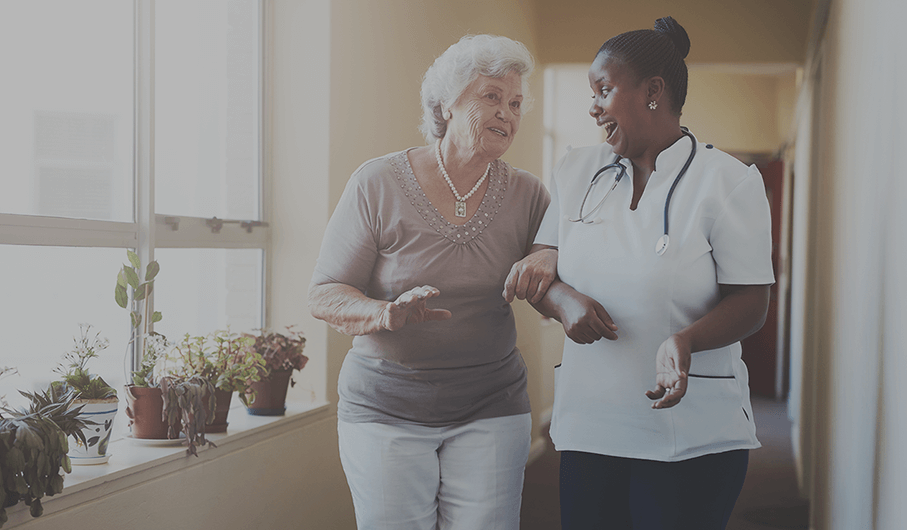The proportion of elderly persons (65 years or older) has increased in most countries over the last few decades, and these trends will continue in the coming years.
Cancer is more prevalent in elderly persons
n younger age groups, the yearly cancer rates are almost equally distributed between the two genders. Yet, for all major specific cancer sites, except testicular cancer, the incidence rate is significantly higher among the elderly. All cancers combined (except non-melanoma skin cancer) are almost seven times more prevalent among elderly men (2 158 per 100 000 person-years), and around four times more prevalent among elderly women (1 192 per 100 000 person-years) than among younger persons (30 to 64 years old).
Socioeconomic differences
For most cancers, there are marked geographical variations in incidence rates among the elderly, reflecting socioeconomic differences – particularly between developing and developed countries.
Cancer incidence
Cancer incidence and mortality have not, in general, declined despite advances in treatment, showing that more primary prevention must be done (such as encouraging cessation of smoking) to decrease patient risks.

Read more here.